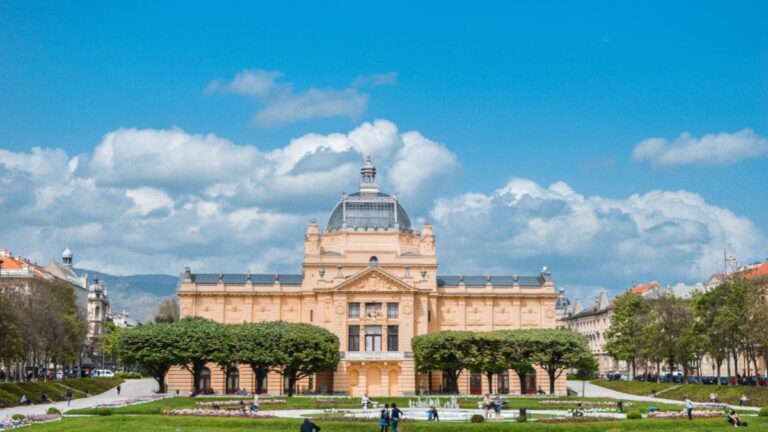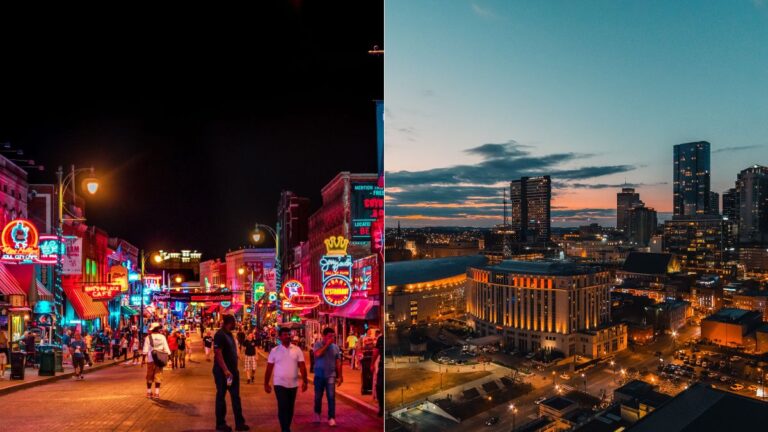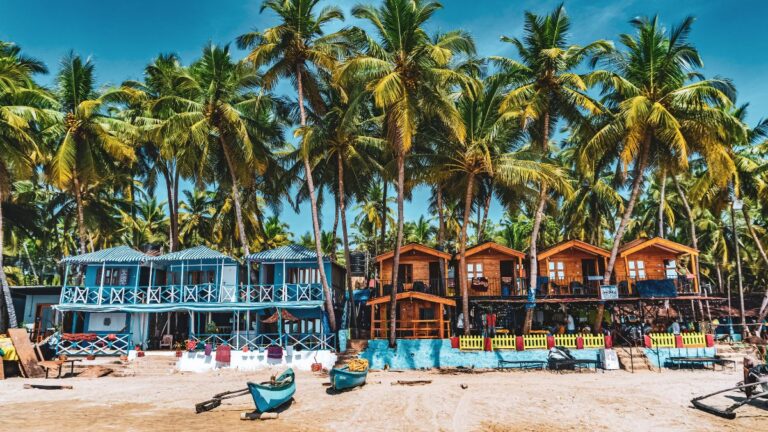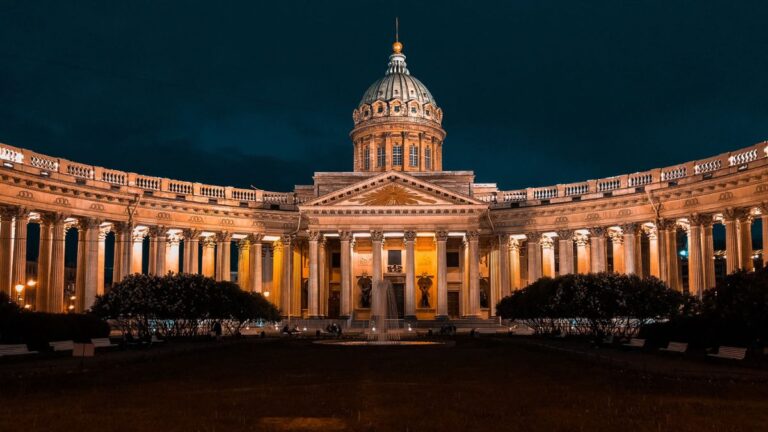Historical Winter Escapes: Travel Back in Time
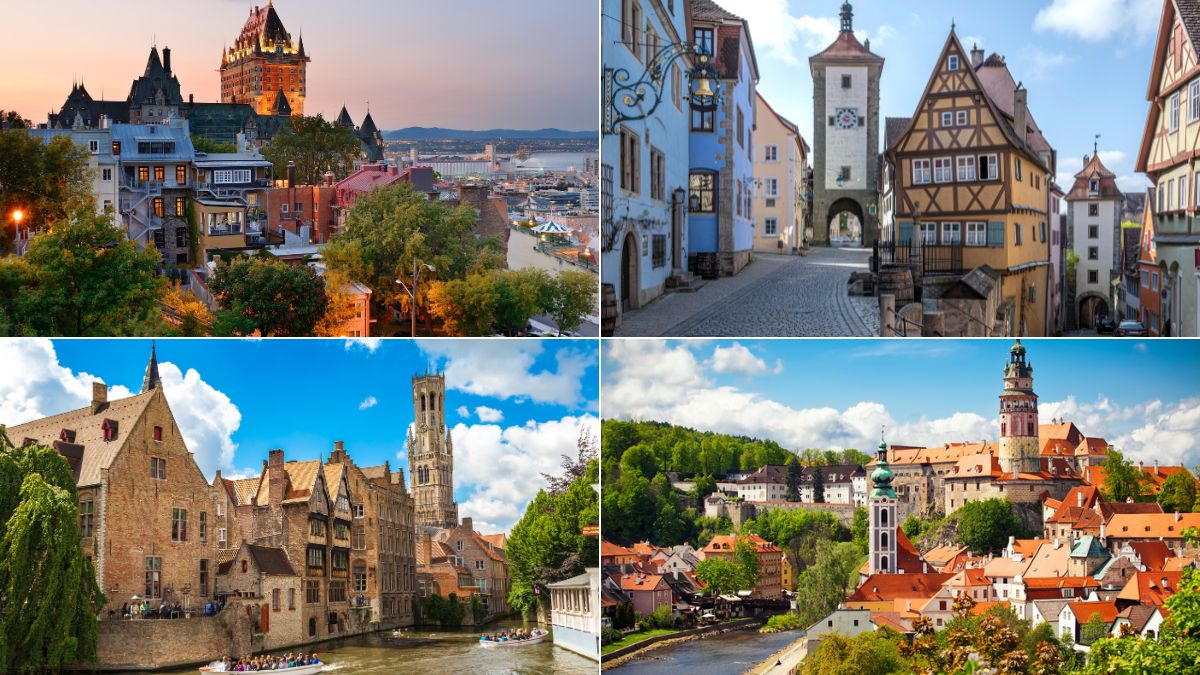
As participants in Amazon Associates and other programs, we earn from qualifying purchases. This comes at no additional cost to you. For more details, see our Affiliate Disclosure.
Winter isn’t just a season; it’s a gateway to the past. Imagine stepping into a world where the chill in the air is softened by the warmth of history. In this article, we’ll embark on a journey to ten historical winter escapes, each offering a unique blend of snowy landscapes and timeless stories. From castles draped in white to ancient cities echoing with centuries-old tales, these destinations invite you to experience the magic of history, wrapped in a winter wonderland.
Edinburgh, Scotland
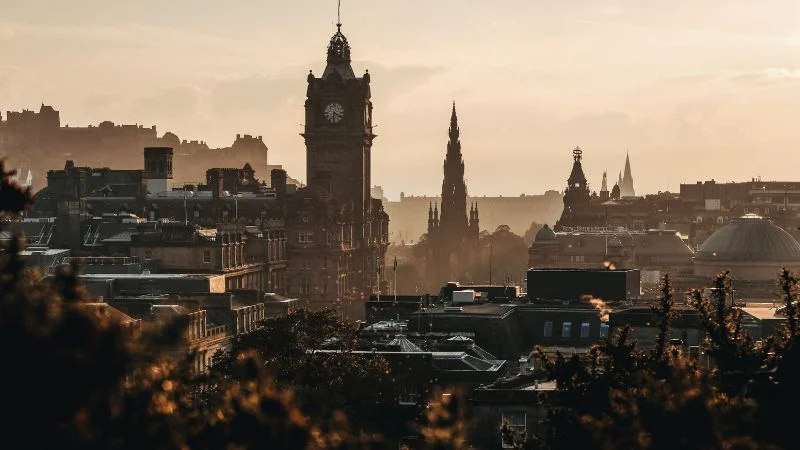
Edinburgh, the capital city of Scotland, is a treasure trove of history, with its medieval Old Town and elegant Georgian New Town. In winter, the city takes on a mystical charm, as frost and snow embellish its historic streets and landmarks. The iconic Edinburgh Castle, perched atop a volcanic rock, offers a journey through Scotland’s turbulent history, while the Royal Mile below buzzes with tales of ancient kings and queens. Winter also brings unique Scottish celebrations, such as Hogmanay, the famous New Year festival, adding a festive spirit to the city’s historic ambiance.
The city’s rich literary history, with figures like Sir Walter Scott and Robert Louis Stevenson, adds layers of narrative to its cobblestone streets. Winter walks through Holyrood Park or along the Water of Leith provide a scenic backdrop, combining natural beauty with urban history. Edinburgh’s museums and galleries, from the National Museum of Scotland to the Scottish National Gallery, offer refuge from the cold, allowing visitors to immerse themselves in the nation’s artistic and cultural heritage.
Quebec City, Canada
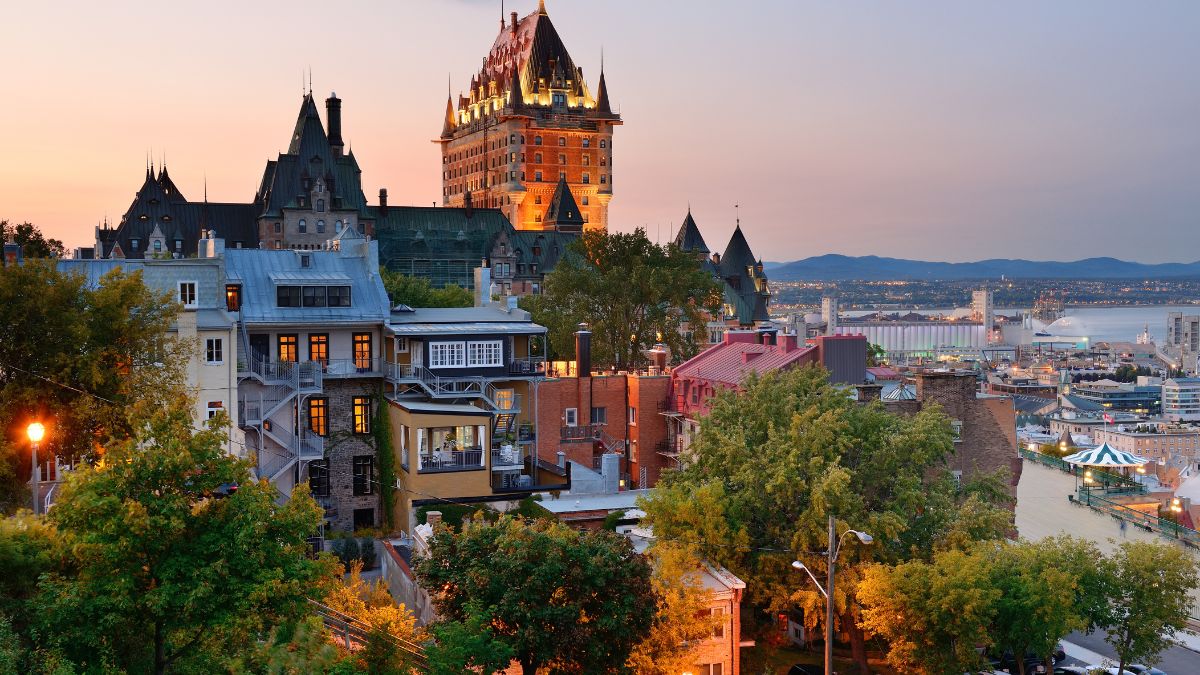
Quebec City, one of North America’s oldest cities, exudes European charm with its fortified colonial core, Vieux-Québec. Winter transforms this UNESCO World Heritage site into a picturesque postcard scene, with snow-laden roofs and illuminated streets. The city’s French heritage is palpable in its architecture, language, and cuisine, offering a unique blend of North American and European cultures. The historic Château Frontenac stands as a symbol of the city’s past, providing a stunning backdrop to the winter festivities, including the famous Quebec Winter Carnival.
Beyond its charming streets, Quebec City’s history unfolds in its museums and landmarks. The Plains of Abraham, a key site in Canadian history, offers a panoramic view of the city and the St. Lawrence River, especially breathtaking in winter. The Petit Champlain district, with its quaint boutiques and cobblestone streets, invites leisurely exploration, offering a glimpse into the city’s vibrant cultural life and history.
Prague, Czech Republic

Prague, the capital of the Czech Republic, is a city of architectural marvels, from Gothic cathedrals to Baroque palaces. Winter adds a magical touch to its historical streets, with the snow accentuating the beauty of its famous landmarks like the Charles Bridge and the Prague Castle. The city’s history as a cultural and political center of central Europe is evident in its well-preserved medieval core. The Old Town Square, with its Astronomical Clock, becomes a focal point during winter, hosting charming Christmas markets that blend historical ambiance with festive cheer.
Prague’s rich history is intertwined with the arts, with figures like Franz Kafka and Antonín Dvořák shaping its cultural landscape. The National Theatre and Estates Theatre offer world-class opera and ballet in historic settings, while the winding alleys of the Mala Strana district reveal hidden gardens, ancient chapels, and striking views of the city. Winter evenings in Prague are perfect for enjoying traditional Czech cuisine in historic taverns or exploring its vibrant jazz clubs.
St. Petersburg, Russia
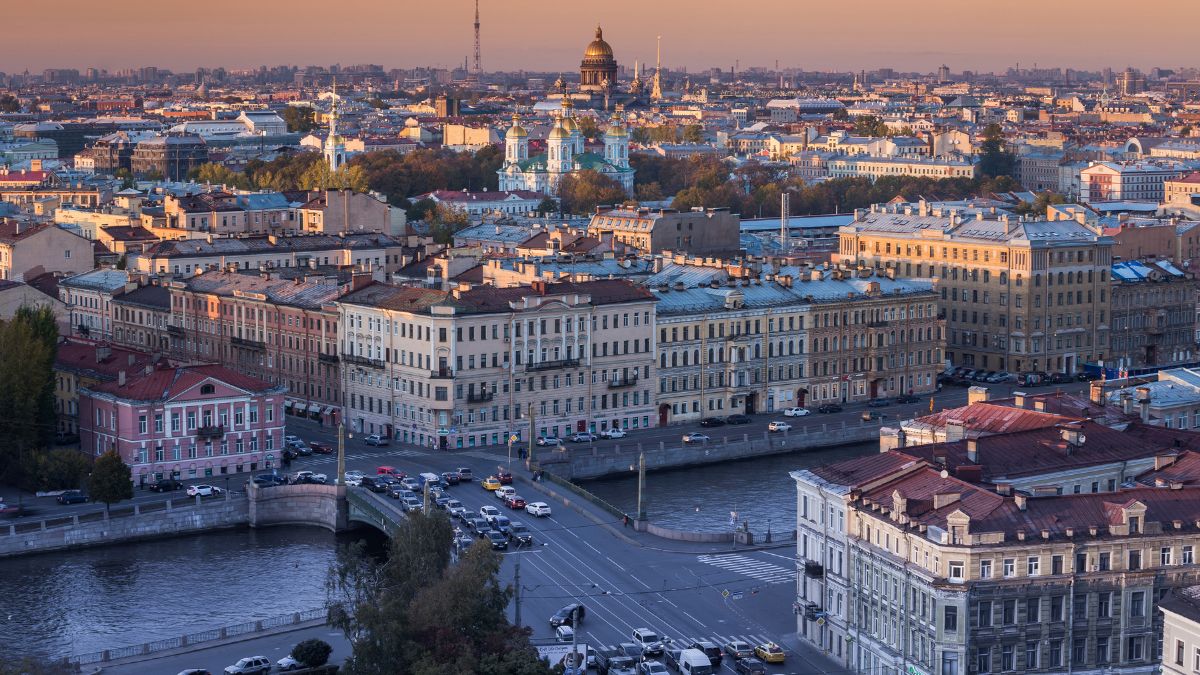
St. Petersburg, known as the cultural capital of Russia, is a city of imperial grandeur and artistic legacy. In winter, the city’s canals and rivers freeze over, creating a stunning, crystalline landscape against the backdrop of its opulent palaces and cathedrals. The Winter Palace, home to the world-renowned Hermitage Museum, showcases Russia’s royal history and a vast collection of art. St. Petersburg’s historical significance as the seat of the Russian Revolution is palpable in landmarks like the Peter and Paul Fortress and the cruiser Aurora.
The city’s cultural scene thrives in winter, with performances at the Mariinsky Theatre and the Mikhailovsky Theatre offering a glimpse into Russia’s rich ballet and opera traditions. St. Petersburg’s literary heritage, immortalized by authors like Dostoevsky and Pushkin, adds a profound depth to its historic streets. Winter festivities, like the Russian Orthodox Christmas and New Year celebrations, add a vibrant dimension to the city’s historic ambiance.
Kyoto, Japan
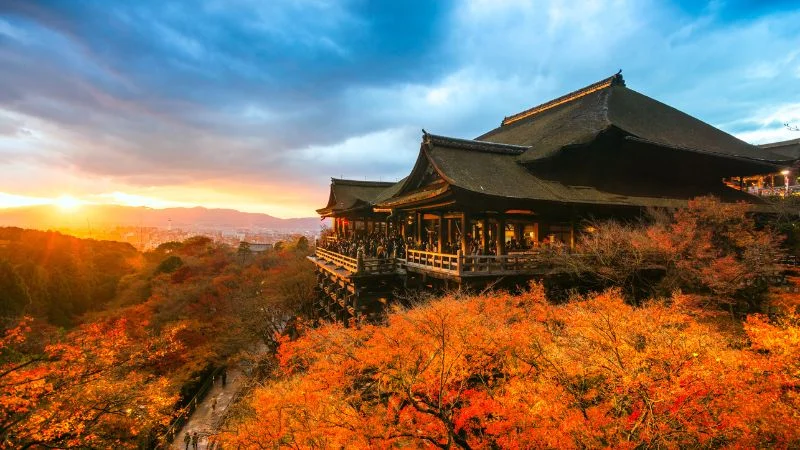
Kyoto, the ancient capital of Japan, is a city where history and tradition are woven into every street and garden. In winter, the city’s temples and shrines, such as Kinkaku-ji (the Golden Pavilion) and Fushimi Inari-taisha, take on a serene beauty with their snow-covered roofs and gardens. Kyoto’s history as the center of Japanese culture and religion is evident in its over 1,600 Buddhist temples and 400 Shinto shrines. The Gion district, known for its traditional wooden machiya houses, offers a glimpse into the world of geisha and centuries-old tea houses.
Kyoto’s cultural heritage extends to its culinary traditions, with winter being the perfect time to savor kaiseki ryori, a multi-course Japanese meal. The city’s museums and galleries, such as the Kyoto National Museum and the Kyoto International Manga Museum, offer insights into the city’s artistic and historical journey. Winter illuminations at sites like Arashiyama and To-ji temple add a magical touch to Kyoto’s historical landscape.
Bruges, Belgium
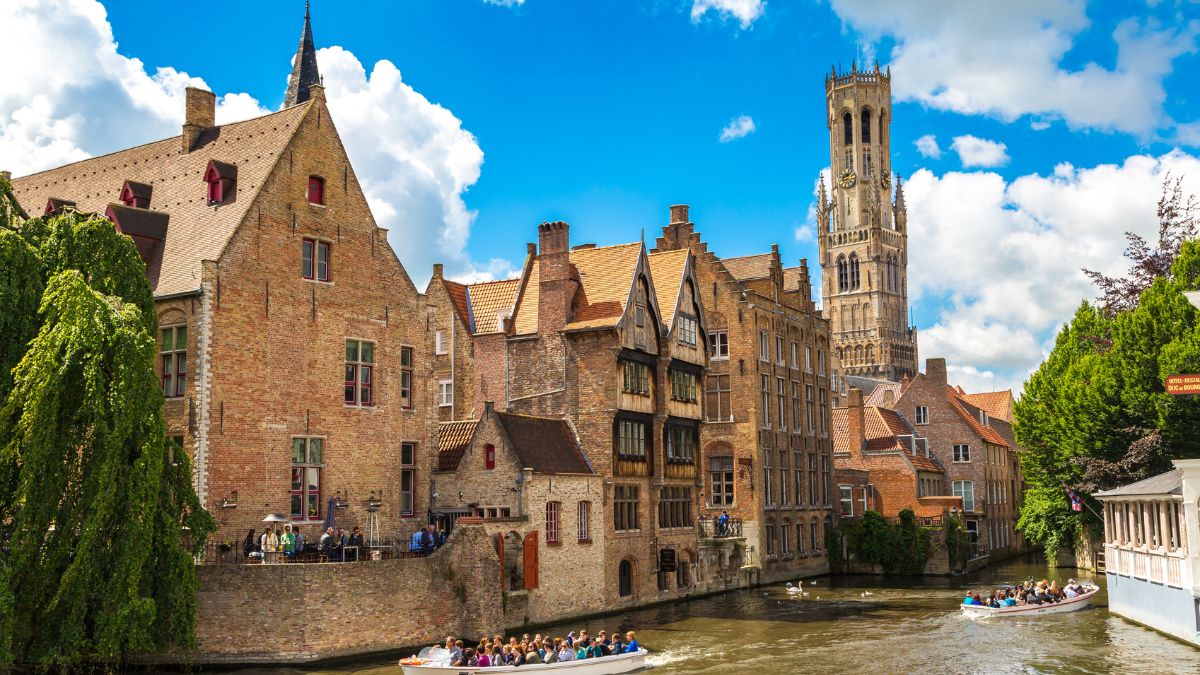
Bruges, often referred to as the ‘Venice of the North’, is a medieval gem in Belgium, known for its well-preserved Gothic architecture and picturesque canals. During winter, the city’s cobbled streets and historic market squares are adorned with festive lights and decorations, enhancing its fairytale-like ambiance. The Belfry of Bruges, a prominent symbol of the city’s medieval history, offers panoramic views of the snow-covered town. The city’s history as a major trading center in the Middle Ages is reflected in its opulent merchant houses and the historic Burg square.
Bruges is also celebrated for its artistic heritage, with the Groeningemuseum showcasing an extensive collection of Flemish and Belgian art. Winter in Bruges is a time for indulging in Belgian chocolate and warming up with a traditional Flemish stew. The city’s Christmas markets and ice-skating rinks add to the festive spirit, making it an ideal winter historical escape.
Rothenburg ob der Tauber, Germany

Rothenburg ob der Tauber is a quintessential medieval German town, renowned for its well-preserved 16th-century architecture and encircling town walls. Winter casts a magical spell over the town, with snow-covered rooftops and decorated shop windows creating a storybook atmosphere. Rothenburg’s history is deeply rooted in the Middle Ages, evident in landmarks like the Plönlein (a famous crossroads) and the imposing St. James’s Church. The town is also home to the Christmas Museum, which celebrates the history and traditions of the holiday.
Walking through Rothenburg in winter is like stepping back in time, with each alley and square revealing tales of medieval Germany. The town’s traditional crafts, including its famous Christmas ornaments, are on full display in local shops. Winter evenings are perfect for enjoying regional Franconian cuisine, accompanied by a glass of local wine, in cozy taverns that have welcomed travelers for centuries.
Hallstatt, Austria
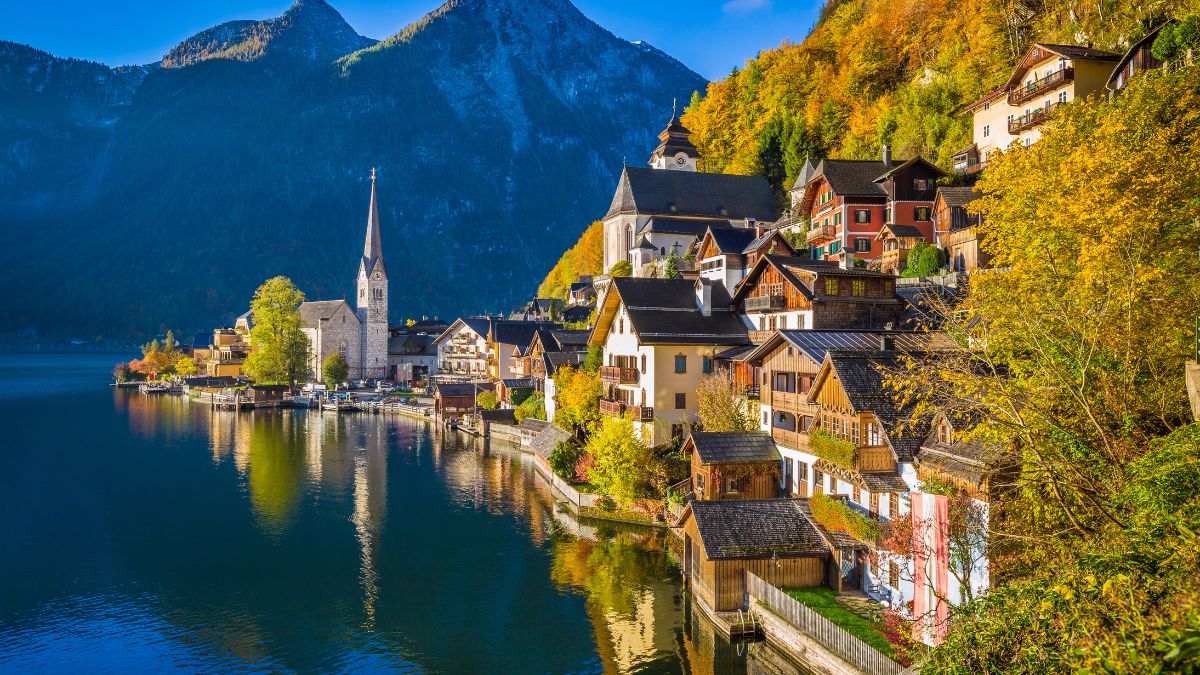
Hallstatt, nestled between the Dachstein mountains and the Hallstätter See (lake), is an Austrian village that epitomizes Alpine beauty. In winter, this UNESCO World Heritage site becomes a snowy paradise, with its 16th-century salt miners’ houses blanketed in snow, reflecting in the frozen lake. Hallstatt’s history as one of the world’s oldest known salt mining sites adds a unique dimension to its charm. The Salt Mine tour offers an intriguing look into the village’s past, while the Dachstein Ice Cave presents a spectacular natural wonder.
The village’s small size belies its rich cultural heritage, with the Hallstatt Museum showcasing artifacts from the region’s early history. Winter in Hallstatt is a time for peaceful walks along the lake, enjoying the tranquil beauty of the surrounding mountains. The nearby ski resorts also offer winter sports opportunities, combining historical exploration with alpine adventure.
Lapland, Finland
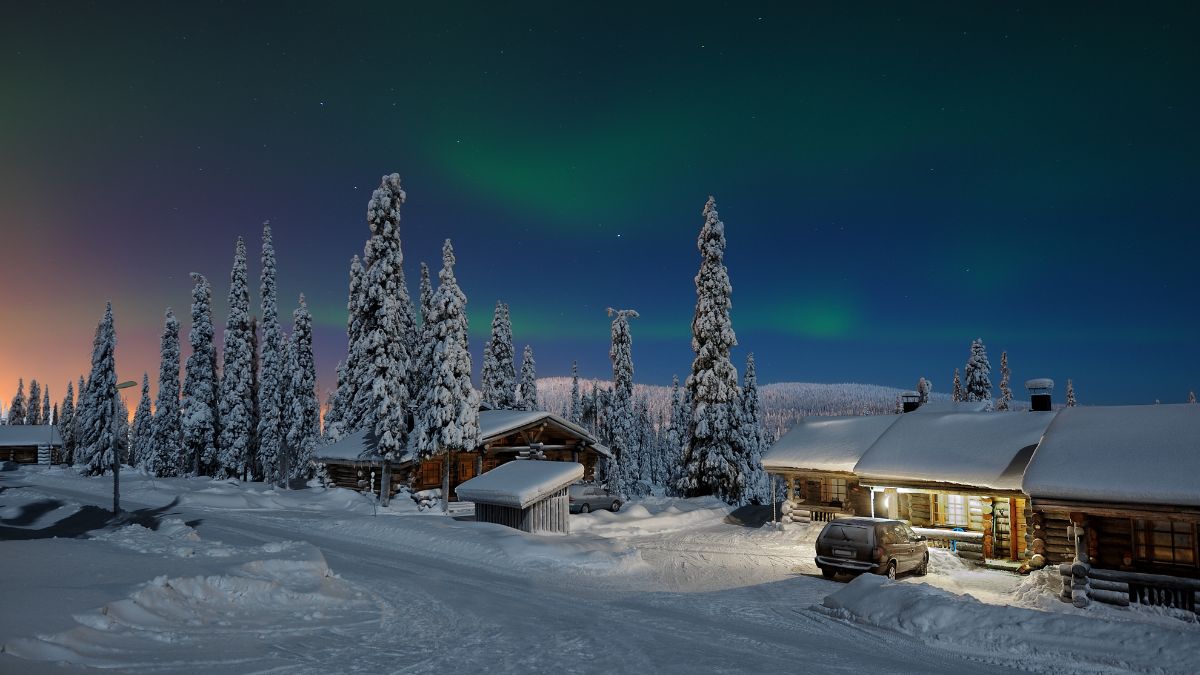
Lapland, located in the Arctic Circle, is a region of extraordinary beauty and cultural richness. Winter in Lapland is a surreal experience, with its snow-covered landscapes, northern lights, and traditional Sami culture. The region’s history is deeply connected to the indigenous Sami people, who have inhabited these lands for thousands of years. Visitors can learn about Sami culture through reindeer herding experiences, traditional handicrafts, and visits to cultural centers like Siida in Inari.
Lapland’s winter landscape is ideal for unique activities like husky sledding, snowmobiling, and ice fishing. The region is also famous for being the ‘home’ of Santa Claus, with the Santa Claus Village in Rovaniemi offering a festive and family-friendly experience. However, beyond the Christmas cheer, Lapland’s vast wilderness and serene beauty offer a profound sense of connection to nature and a glimpse into the Arctic way of life.
Cesky Krumlov, Czech Republic
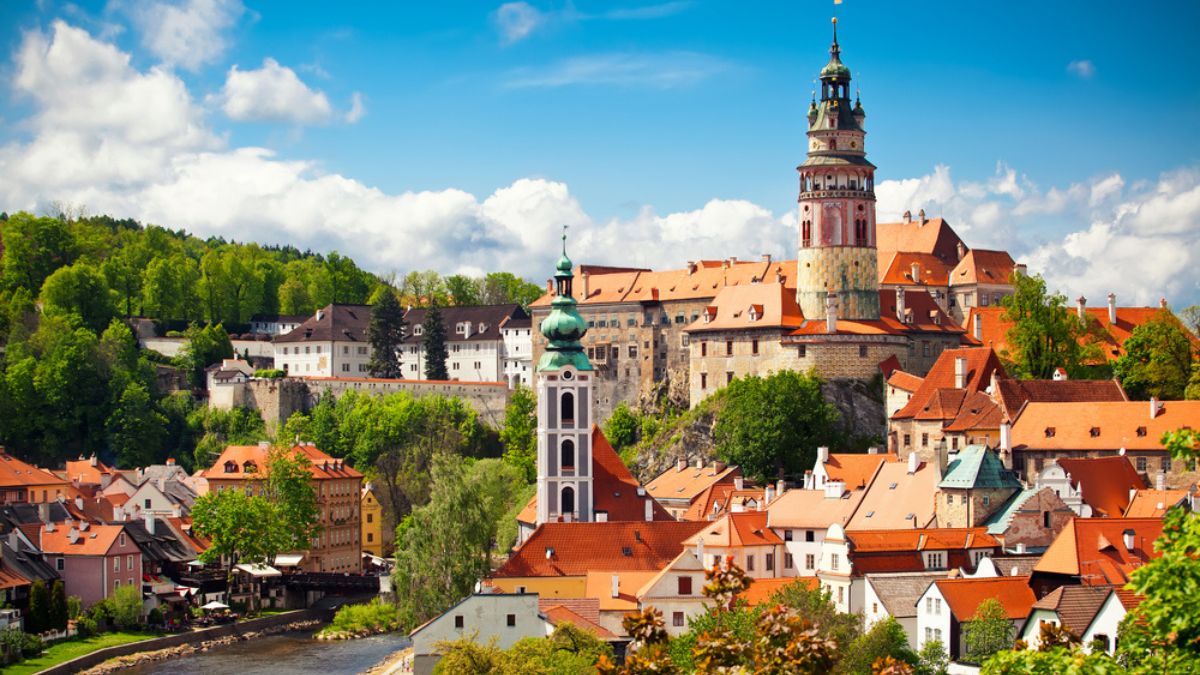
Cesky Krumlov, a UNESCO World Heritage site in the Czech Republic, is a picturesque town with a rich history. Its medieval castle, with its baroque gardens and intricate architecture, stands as a testament to the town’s historical significance. In winter, Cesky Krumlov’s winding streets and ancient buildings are blanketed in snow, creating a romantic and timeless setting. The town’s historical center, with its Gothic, Renaissance, and Baroque buildings, is a living museum of central European architecture.
Cesky Krumlov’s cultural life thrives even in winter, with performances at the Baroque Theatre and local galleries showcasing Bohemian art. The town’s location along the Vltava River adds to its scenic beauty, especially when the river and surrounding landscapes are draped in winter’s embrace. Traditional Czech cuisine, enjoyed in historic taverns and cozy cafes, completes the experience of a historical winter escape.


